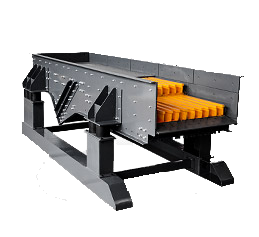Both water wheels and windmills are traditional machines that harness natural forces to perform mechanical work, such as grinding grain, pumping water, or generating electricity. Here’s a comparison:
 Water Wheel
Water Wheel
– Power Source: Flowing or falling water (rivers, streams).
– Types:
– Undershot: Water flows under the wheel (best for slow-moving water).
– Overshot: Water flows over the top (more efficient, needs a height difference).
– Breastshot: Water hits the middle of the wheel (balanced efficiency).
– Applications:
– Grinding grain (old mills).
– Powering early industrial machinery.
– Small-scale hydroelectricity.
– Advantages: Consistent power if water flow is steady.
– Disadvantages: Requires a water source; can be damaged by floods/ice.
Windmill
– Power Source: Wind.
– Types:
– Post Mill: Rotates entire structure to face wind (early design).
– Tower Mill: Only the top (cap) rotates (more stable).
– Modern Wind Turbines: Generate electricity.
– Applications:
– Grinding grain.
– Pumping water (e.g., American farm windmills).
– Generating electricity (modern turbines).
– Advantages: Works in open, windy areas; no water needed.
– Disadvantages: Inter tent power (depends on wind); requires maintenance.
tent power (depends on wind); requires maintenance.
Key Differences
| Feature | Water Wheel | Windmill |
|—————|————|———-|
| Power Source | Water flow | Wind |
| Location | Near rivers/streams | Open plains/hills |
| Consistency | More stable if water is steady | Variable with wind |
| Efficiency | High if well-designed | Depends on wind speed |
| Historical Use | Early industry, milling | Agriculture, pumping |
Modern Use
– Both have evolved into renewable energy technologies: hydroelectric dams and wind turbines.
Would you like details on a specific type or application?





Leave a Reply